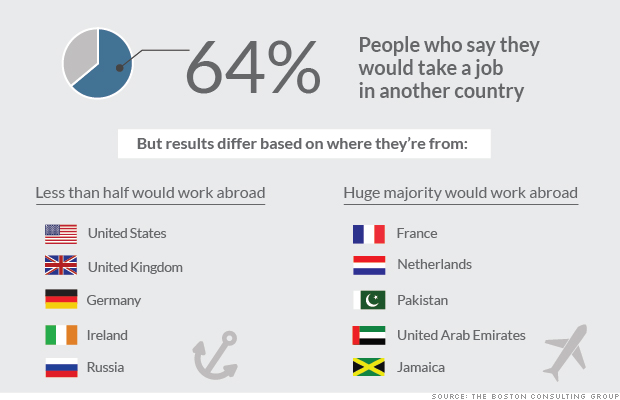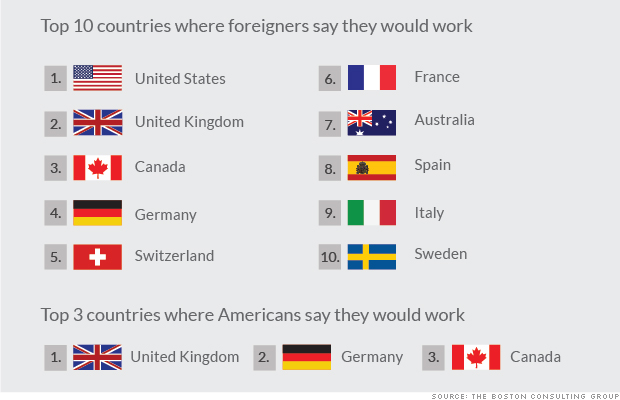
Model S fire in Tennessee. Source: Tesla Motors official blog.
After another Model S fire this week -- and three in less than six weeks -- many investors were waiting for Tesla Motors (NASDAQ: TSLA ) to speak up. This time, however, it wasn't Tesla that spoke up to defend the safety of the company's Model S -- it was the owner of the third Model S that caught fire.
Speaking up
Following the first Model S fire -- which started after the car struck a metal object on the road -- Tesla was quick to respond to the negative headlines. In a company blog post, Elon Musk wrote a personal letter on the safety of the Model S and shared an email from the owner of the burned vehicle in which the owner showed enthusiasm for the Model S -- despite the fire.
Musk had quite a bit to say in his letter.
Had a conventional gasoline car encountered the same object on the highway, the result could have been far worse. A typical gasoline car only has a thin metal sheet protecting the underbody, leaving it vulnerable to destruction of the fuel supply lines or fuel tank, which causes a pool of gasoline to form and often burn the entire car to the ground.
... the combustion energy of our battery pack is only about 10% of the energy contained in a gasoline tank and is divided into 16 modules with firewalls in between. As a consequence, the effective combustion potential is only about 1% that of the fuel in a comparable gasoline sedan.
For consumers concerned about fire risk, there should be absolutely zero doubt that it is safer to power a car with a battery than a large tank of highly flammable liquid.
Following the second fire, Tesla didn't post a story on the company's blog. It did, however, have a statement prepared for probing publishers. The statement again emphasized that the fire was a result of an accident, and not spontaneous. As cited by Business Insider, it read:
This was a significant accident where the car was traveling at such a high speed that it smashed through a concrete wall and then hit a large tree, yet the driver walked away from the car with no permanent injury. He is appreciative of the safety and performance of the car and has asked if we can expedite delivery of his next Model S.
After a third fire, however, Tesla responded with more than a statement. This time the owner of the third vehicle took it upon himself to passionately defend the Model S on the company's blog.
The story
After Juris Shibayama drove over a "rusty three-pronged trailer hitch that was sticking up with the ball up in the air," going 70 miles per hour, Tesla's Model S began communicating to the driver:
30-45 seconds after the driver felt the "thud" that seemed to lift the car up in the air, the Model S displayed a warning on the dashboard: "Car needs service. Car may not restart." Continuing to drive, and hoping to get home, there was a new message about one minute later: "Please pull over safely. Car is shutting down."
After pulling over, Shibayama said he was able to retrieve all of his belongings from the car and walk about 100 yards away from the vehicle, where he waited about two minutes before he began to see flames coming from the front of the car.
He vigorously defended the car's performance in the situation:
I am thankful to God that I was totally uninjured in any way from this impact. Had I not been in a Tesla, that object could have punched through the floor and caused me serious harm. From the time of impact of the object until the time the car caught fire was about five minutes. During this time, the car warned me that it was damaged and instructed me to pull over. I never felt as though I was in any imminent danger. While driving after I hit the object until I pulled over, the car performed perfectly, and it was a totally controlled situation. There was never a point at which I was anywhere even close to any flames.
The firemen arrived promptly and applied water to the flames. They were about to pry open the doors, so I pressed my key button and the handles presented and everything worked even though the front of the car was on fire. No flames ever reached the cabin, and nothing inside was damaged. I was even able to get my papers and pens out of the glove compartment.
This experience does not in any way make me think that the Tesla Model S is an unsafe car. I would buy another one in a heartbeat.
Shibayama wasn't the only owner to show enthusiasm for the car after the accident -- all three owners did.
Should investors be concerned?
For now, the statistics are still in Tesla's favor. Vehicle fires occur more frequently in traditional vehicles -- 152,000 vehicles fires per year and about 17 per hour. Comparatively, fires in Teslas happen about once in every 50 million miles driven, compared with about one in every 20 million miles driven for conventional gasoline cars.

Model S. Source: Tesla Motors Facebook page.
If these fires were spontaneous or happened in low-impact collisions, there might be reason for alarm. But all three of these were the result of high-speed accidents. Sure, investors should keep an eye on the development. But for now, there's no indication that the safest car ever tested by the National Highway Traffic Safety Administration has any defect.
Everyone wants to save a few bucks -- especially on a major purchase
Ready to save thousands of dollars on your next car? Our top auto experts just released "The Car Buying Secrets You Must Know" in a brand-new free report, and the advice inside could save you thousands in cold, hard cash. This report is yours to keep today, so click here now for instant access.






 For NTEK, the budding breakout actually has its roots in something that happened in early June. That's when NanoTech Entertainment shares broke above a falling resistance line that had been in place since late-2013. What's only evident on the daily chart (not shows) is how the stock pushed above the 100-day moving average line on Thursday, and put some distance between itself and the 100-day average today. It's the first time in months the stock's been above the 100-day line. The next big hurdle - not that one would need to wait to see it cleared before getting into NTEK - is the 200-day moving average line at $0.1016, Interestingly the reason the surge from late June crumbled so early one was the brush with the 200-day average line then, although the fact that the stock carried the rally so far, so fast, the surge didn't have much of a chance of lasting.
For NTEK, the budding breakout actually has its roots in something that happened in early June. That's when NanoTech Entertainment shares broke above a falling resistance line that had been in place since late-2013. What's only evident on the daily chart (not shows) is how the stock pushed above the 100-day moving average line on Thursday, and put some distance between itself and the 100-day average today. It's the first time in months the stock's been above the 100-day line. The next big hurdle - not that one would need to wait to see it cleared before getting into NTEK - is the 200-day moving average line at $0.1016, Interestingly the reason the surge from late June crumbled so early one was the brush with the 200-day average line then, although the fact that the stock carried the rally so far, so fast, the surge didn't have much of a chance of lasting.

 Bloomberg News
Bloomberg News  Related NFLX Netflix Acquires Print the Legend Rights - Analyst Blog Five Star Stock Watch: Netflix, Inc. Tech Titans Take on Immigration Reform (Fox Business) Related ALXN Dyax Corp. (DYAX) in Focus: Stock Up 6% - Tale of the Tape Exact Sciences (EXAS) Jumps: Stock Adds 10.2% in Session - Tale of the Tape
Related NFLX Netflix Acquires Print the Legend Rights - Analyst Blog Five Star Stock Watch: Netflix, Inc. Tech Titans Take on Immigration Reform (Fox Business) Related ALXN Dyax Corp. (DYAX) in Focus: Stock Up 6% - Tale of the Tape Exact Sciences (EXAS) Jumps: Stock Adds 10.2% in Session - Tale of the Tape  As parents and grandparents have joined the ranks of Facebook's most active users, the site's bread and butter — the teenage and Millennial sets — have increasingly turned their attention to sites like Snapchat, Vine and Twitter. After all, when dorky Uncle Larry starts "liking" all your pictures, what used to feel cool can suddenly feel passe. But according to one analyst from SunTrust, Facebook's dwindling cool factor is hardly anything for investors to worry about.
As parents and grandparents have joined the ranks of Facebook's most active users, the site's bread and butter — the teenage and Millennial sets — have increasingly turned their attention to sites like Snapchat, Vine and Twitter. After all, when dorky Uncle Larry starts "liking" all your pictures, what used to feel cool can suddenly feel passe. But according to one analyst from SunTrust, Facebook's dwindling cool factor is hardly anything for investors to worry about.